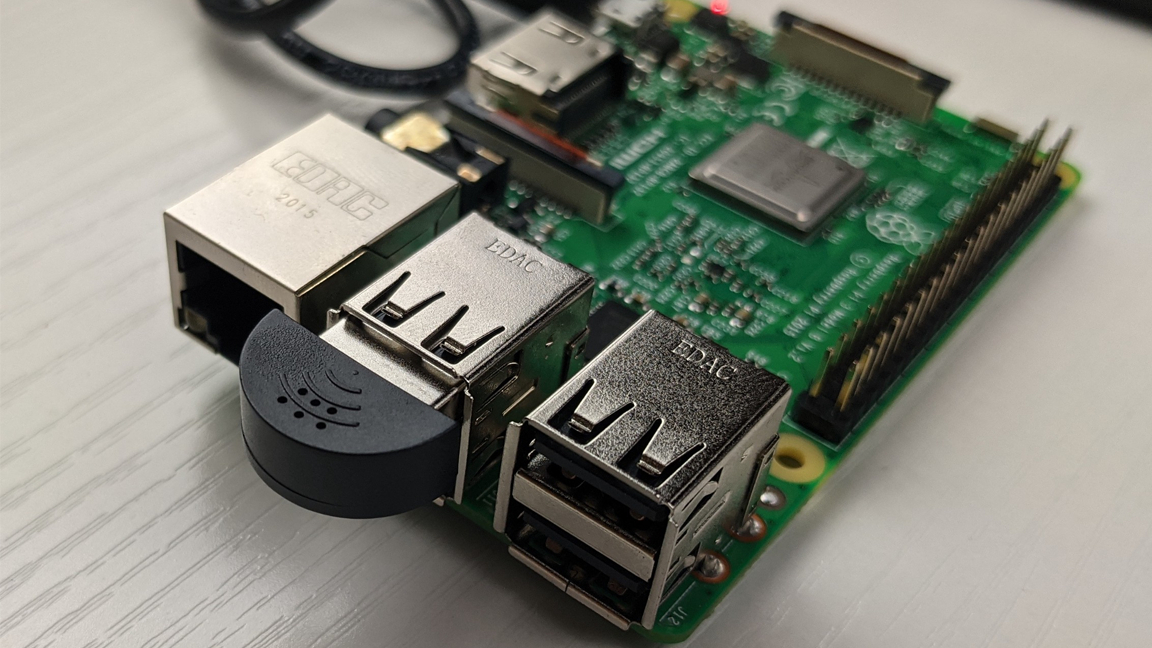We’ve seen voice-controlled Raspberry Pi projects before using tools like Google’s AIY Voice Kit or Amazon’s Alexa to listen and respond to voice commands. These systems rely on third-party servers to interpret audio which can be a security concern for some. That’s where projects like Picovoice from maker Mohammadreza Rostam come in. It uses a locally stored application to both interpret audio and send SSH commands on the Raspberry Pi.
Picovoice AI is totally unrelated to the Raspberry Pi Pico microcontroller. This application is designed to run offline on many platforms, including the Raspberry Pi. This makes for faster and more secure voice control in that the processing happens on the Pi itself.
The best Raspberry Pi projects are flexible in compatibility and thankfully, Picovoice AI can run on all Raspberry Pi SBCs. You will need a working microphone to interface with the application, Rostam is using a USB mic in his demonstration.
The Raspberry Pi listens for a predetermined wake-up word. In Rostam’s example, the word “computer” is used. His project is trained to use certain commands to initiate scripts that turn connected cameras on and off but you could theoretically trigger any script you like.
There are some limitations to be aware of for anyone looking to recreate this project. Picovoice AI is not entirely free for personal use as it limits how many voice interactions can be used on a monthly basis. There is also a paywall barrier for enterprise use but a 30-day trial is available.
Overall, this looks like a fun application to play with and we can already imagine so many ways to integrate it into other projects! If you want to see how everything works in detail, check out the original post shared by Rostam on Medium.
